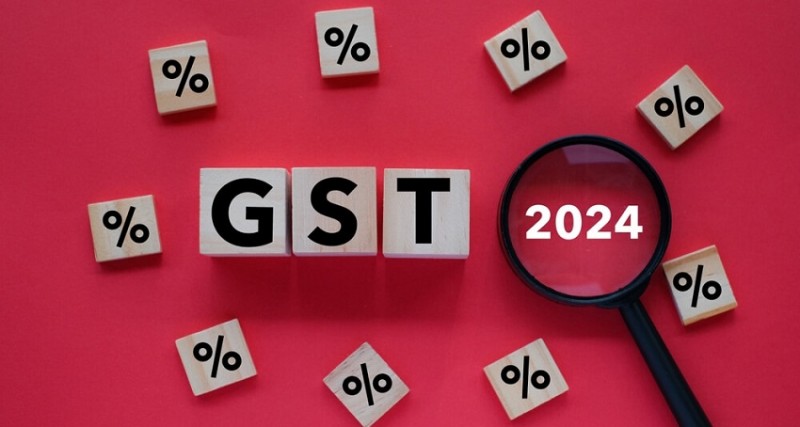The Goods and Services Tax (GST) has been a major reform in India’s taxation system. It replaced the complex and multilayered tax structure with a transparent, technology-driven system.
GST collections are an important indicator of economic activity and compliance. They reflect not just the health of the economy, but also the effectiveness of the tax system in making business easier.
Here’s an overview of GST collections and their impact on various sectors and regions.
Understanding GST in India
GST, which stands for Goods and Services Tax, is a comprehensive, multi-stage, destination-based tax applied to every value addition in the supply chain. Launched on July 1, 2017, by India’s Finance Ministry, GST aims to create a unified market across the country.
Key features of GST:
Levied at each stage of production and distribution, with input tax credits available to offset previous payments. Consumers ultimately bear the tax through final product prices.
GST rates range from 0% to 28%, with essential goods being more affordable. The composition scheme simplifies compliance for small businesses by allowing fixed turnover rate payments.
Certain sectors like education and healthcare are exempt from GST. As a destination-based tax, it collects revenues in the state where the goods or services are consumed, promoting fairness among states.
GST Revenue Collections in May 2024
In June 2024, GST collections reached Rs. 1.74 lakh crore, marking an 8% increase from the previous year. The first quarter of 2024 saw gross GST collections of Rs. 5.57 lakh crore, averaging Rs. 1.86 lakh crore per month.
June 2024 GST Revenue Breakdown:
Central GST (CGST): Rs. 39,586 crore
State GST (SGST): Rs. 33,548 crore
Note: As per media reports, the Ministry of Finance has stopped releasing detailed monthly GST collection data, providing only gross collection numbers on the first day of each month.
Comparison of GST Collections: May 2024 vs. April 2024
Component March 2024 (in crore) April 2024 (in crore)
Total GST Rs. 1,73,000 Rs. 2,10,000
CGST Rs. 32,409 Rs. 43,846
SGST Rs. 40,265 Rs. 53,538
IGST Rs. 87,781 (Rs. 39,879 from imports) Rs. 99,623 (Rs. 37,826 from imports)
Cess Rs. 12,284 (Rs. 1,076 from imports) Rs. 13,260 (Rs. 1,008 from imports)
The growth rates were 10% in March and 12.4% in April.
Top 10 GST Revenue Collecting States in 2023-24
Based on cumulative revenue collections from 2023 to 2024, here are the top 10 states:
State/UT Total Revenue (in Rs. Crores)
Maharashtra 302,317
Karnataka 135,953
Gujarat 117,771
Tamil Nadu 113,174
Haryana 96,745
Uttar Pradesh 96,421
Delhi 60,689
West Bengal 59,775
Telangana 55,863
Odisha 51,509
Contribution of GST to Total Revenue
Since its launch, GST has transformed India’s tax landscape by consolidating multiple taxes into one, broadening the tax base, and improving compliance. The system enhances transparency and reduces tax evasion by incentivizing businesses to accurately report transactions through its input tax credit mechanism.
GST is a crucial revenue source for the government, funding various developmental and welfare projects. According to the interim Budget 2024-25, 63 paise of every rupee in the government treasury comes from direct and indirect taxes, with GST contributing 18 paise.
The revenue from GST helps central and state governments fund essential services such as healthcare, education, and infrastructure, balancing fiscal deficits and ensuring economic stability. By aligning state and central tax structures, GST promotes cooperative federalism and equitable tax revenue distribution, fostering better economic integration across the country.
